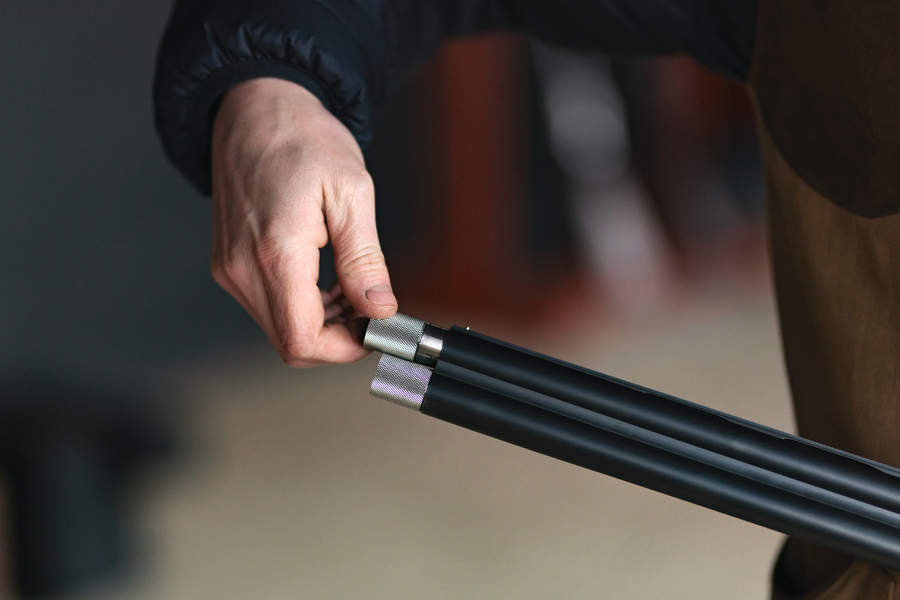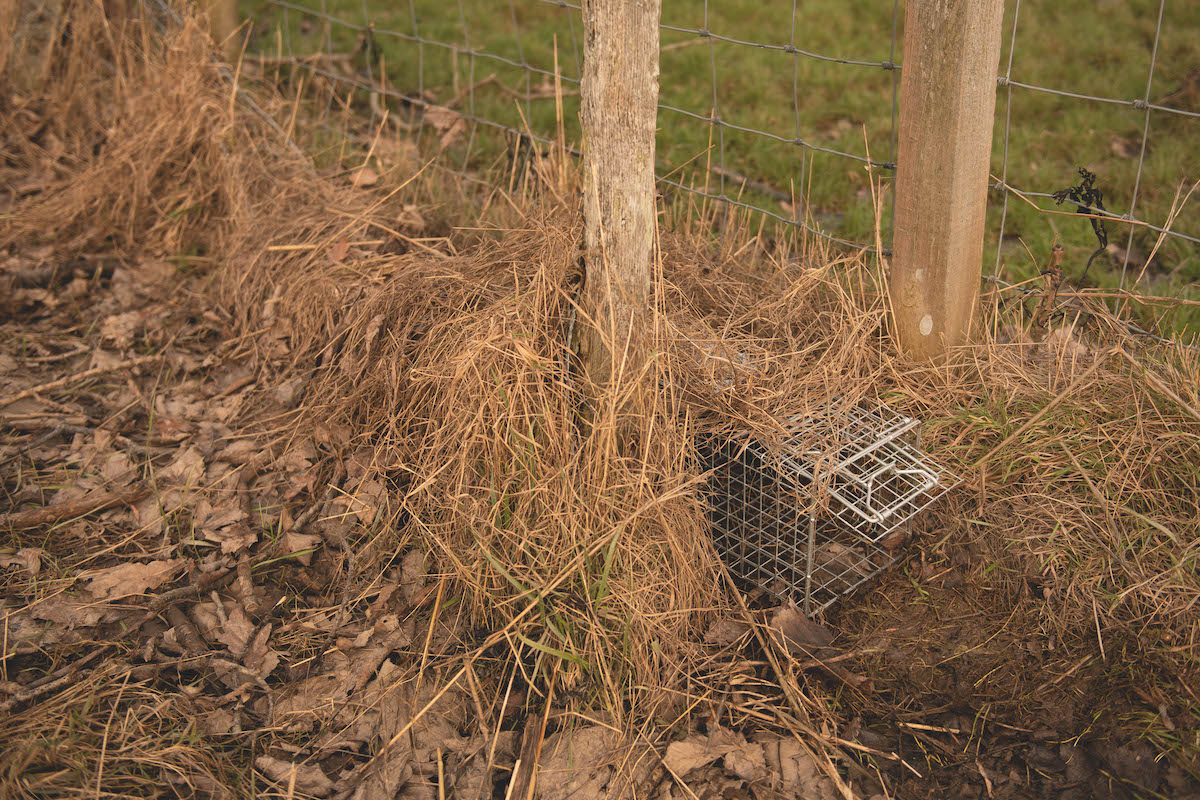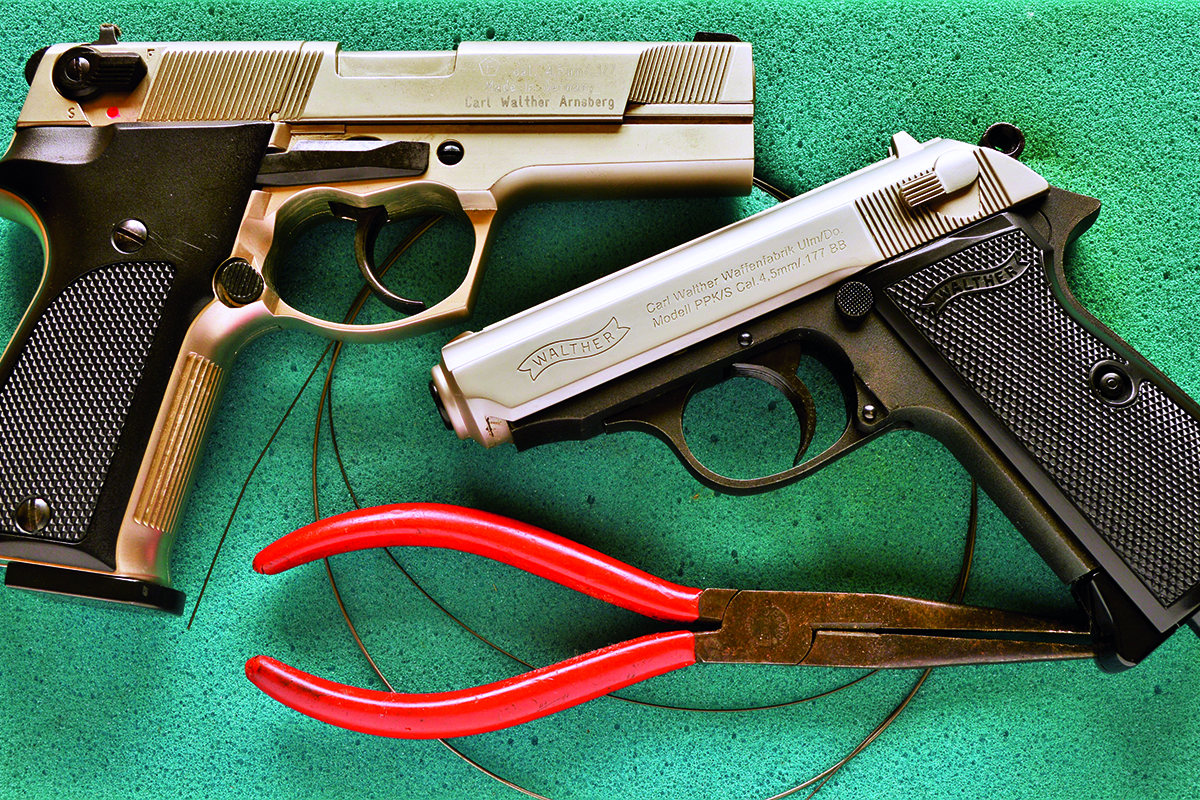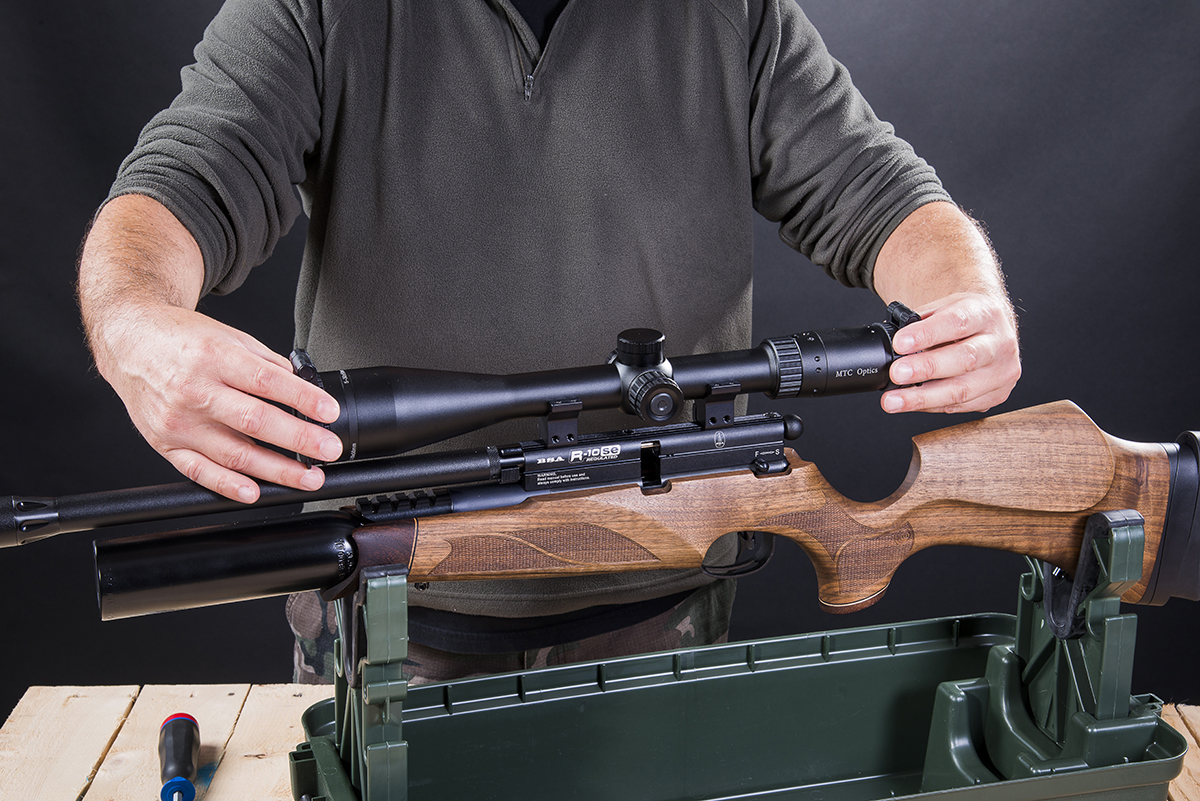Fixed chokes or screw-in chokes? What’s best?
Q: I am buying a new over-and-under shotgun but cannot make up my mind whether to have screw- in or fixed chokes. My friend says that screw-in chokes are more trouble than they are worth and can lead to damage if you are not careful with them. What is your advice?
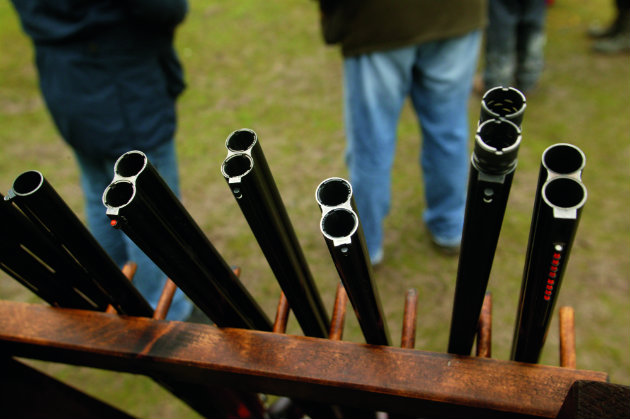
A: Personally, I don’t think that most of us shoot well enough to get any real benefit from choke. Consequently, I would always go for fixed chokes and ones that were very open. However, if you become a very good shot, then screw-in chokes may help.
The first wave of screw-in chokes appeared in the late 1970s with the Winchester 101 series of guns. Since then, multi-chokes have been very popular, both as factory standard and as custom attachments from specialist makers.
Multi-chokes offer tremendous versatility without the need to own a number of shotguns, but they need to be looked after if they are to remain trouble-free. Always pay close attention to the manufacturer’s instructions for the maintenance of multi- chokes. Multi-chokes sit in a section of the muzzle that has been specially machined to receive them. It is vitally important to ensure that they are screwed fully home so that there is no gap between the inside of the barrel and the base of the choke section. If even the tiniest gap exists, there is a very real possibility that serious damage will occur to the gun.
Research undertaken by BASC at the Royal Military College of Science, Shrivenham has shown that even if a choke tube is not fully home by the slightest margin, as little as a single turn, then damage can occur. This is known as “choke pick-up”. As the first pellets of the shot charge hit the gap, some are forced between the choke tube and the barrel wall, causing distortion and increasing the obstruction. As more pellets hit, the choke distorts further and is eventually blown out of the barrel, damaging the muzzles. It is also a hazard to others as it leaves the barrel.
Which are the best chokes for pigeon shooting?
Edward Watson: Now the season is over, it is so important to keep shooting. Most of you will break some…
Chokes for gameshooting and clays – what’s best?
When you’re out in the field or the clay ground which chokes for gameshooting and clayshooting will give you the…
As a general principle, multi-chokes should have their threaded sections very lightly greased with something similar to Vaseline before they are screwed home. Beware of over-tightening, and if you are unfortunate enough to get a choke stuck, do not force it but take it to a gunsmith for “surgical” removal.
Check that your chokes are screwed home fully before use and repeat this check after and periodically during use. Chokes should be cleaned occasionally by immersion in petrol or a similar solvent. Pay particular attention to the threads and make sure that foreign bodies such as grit are removed before installing the chokes again. Always discard a damaged choke tube. BH


